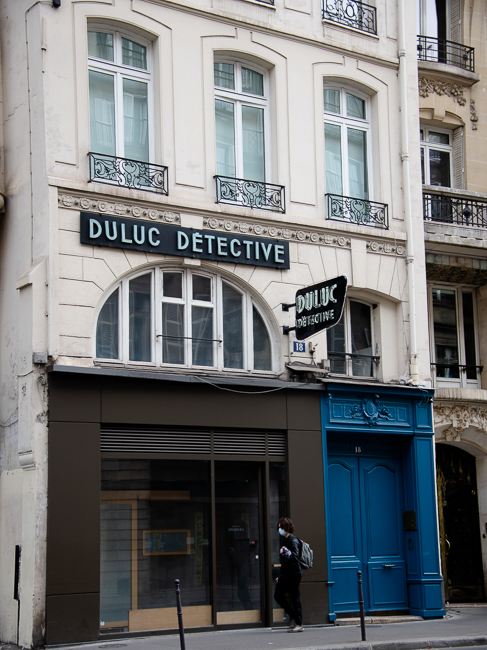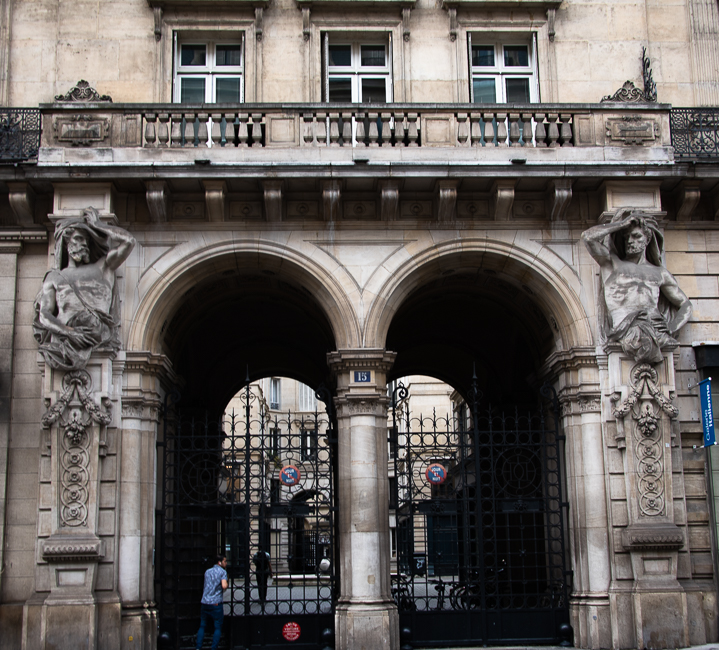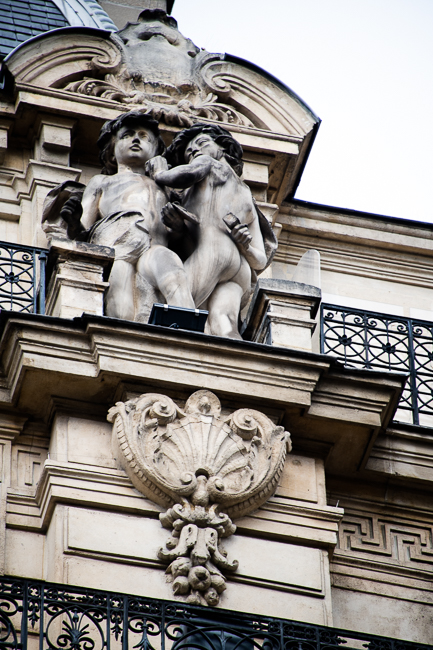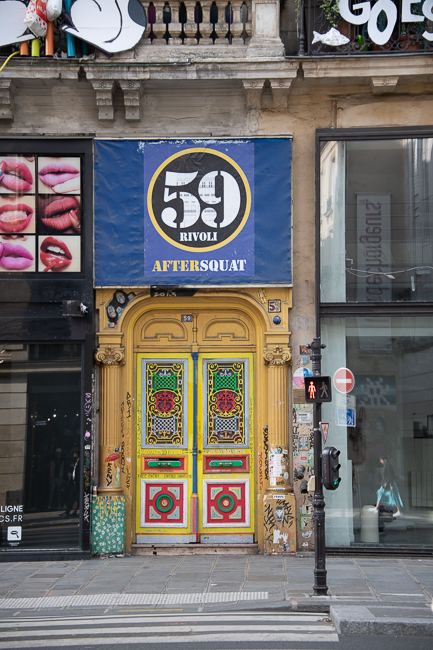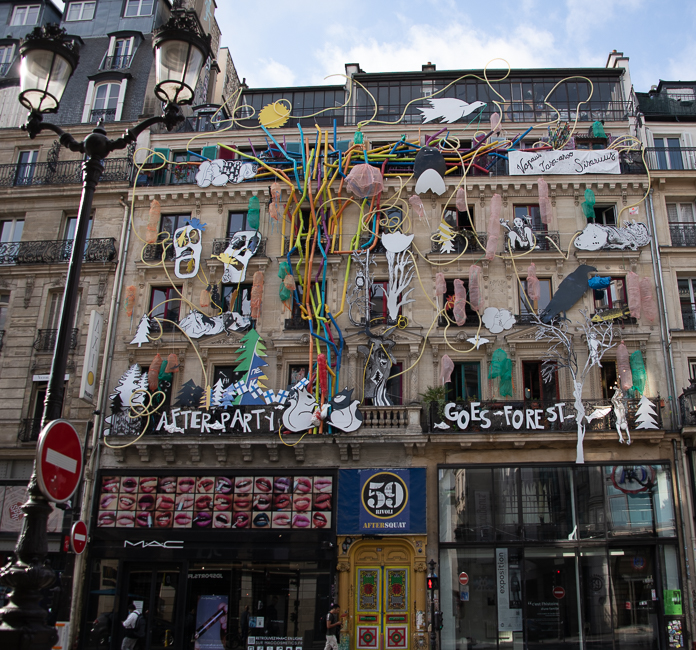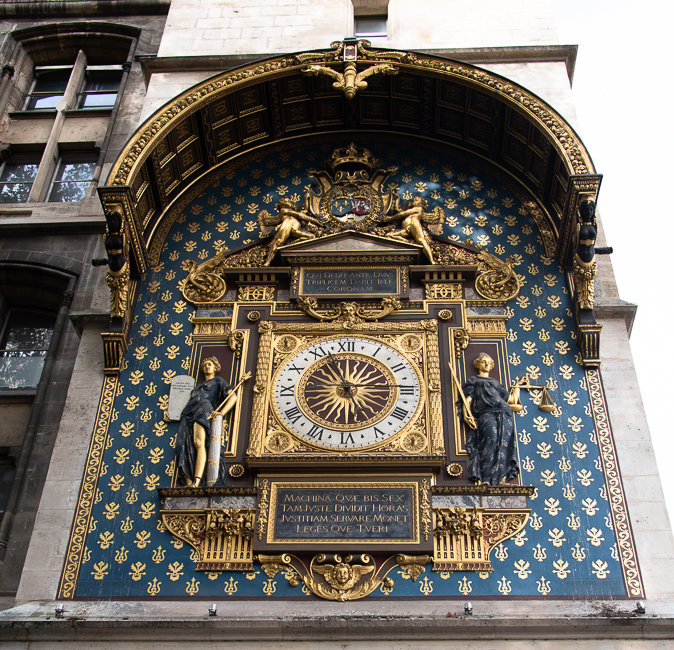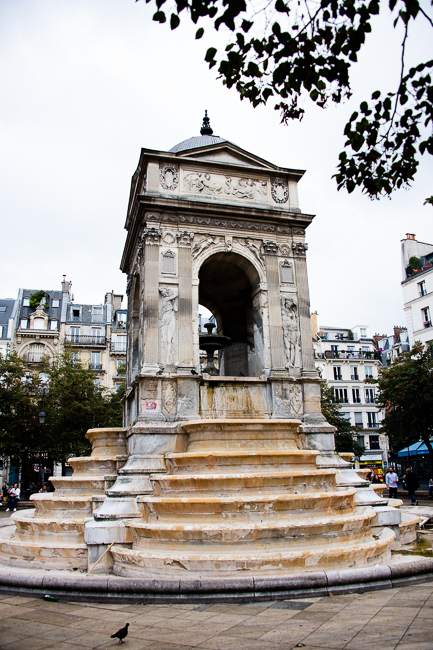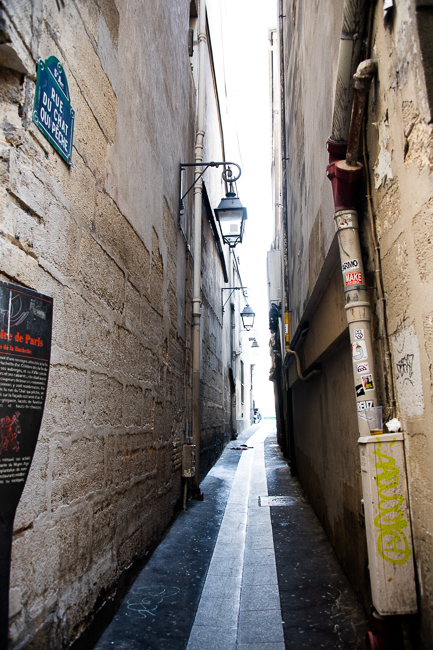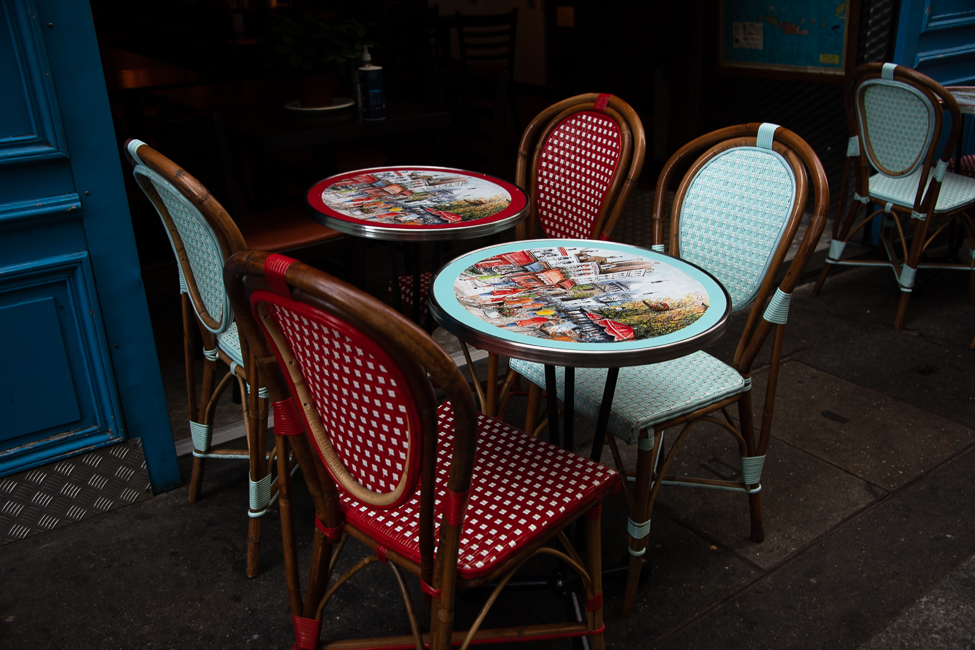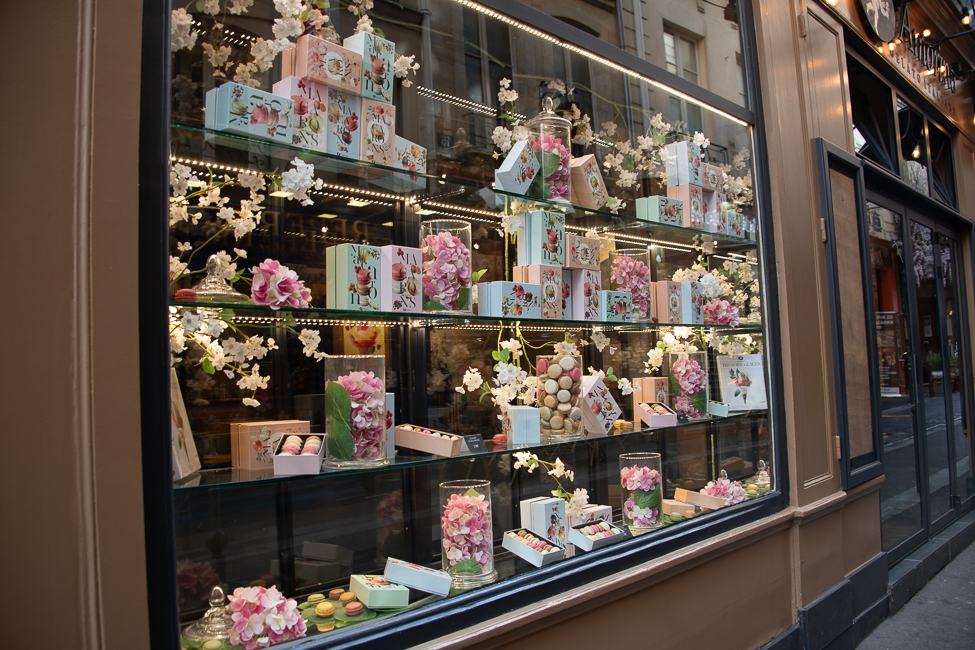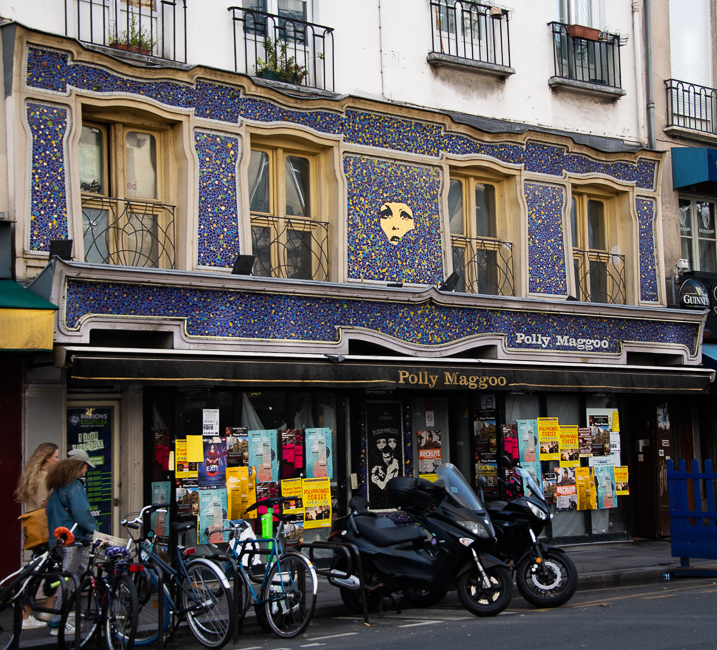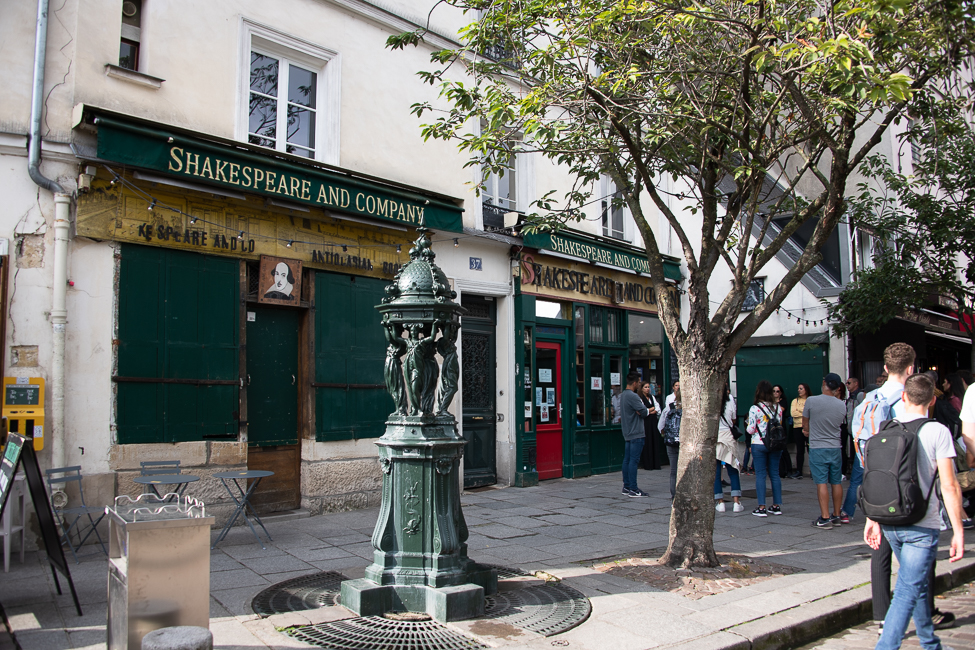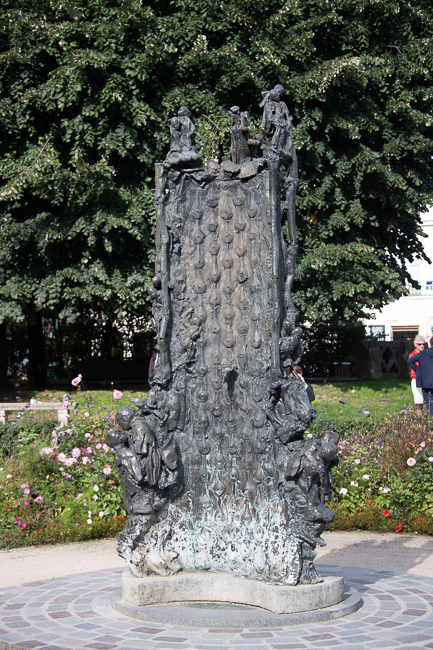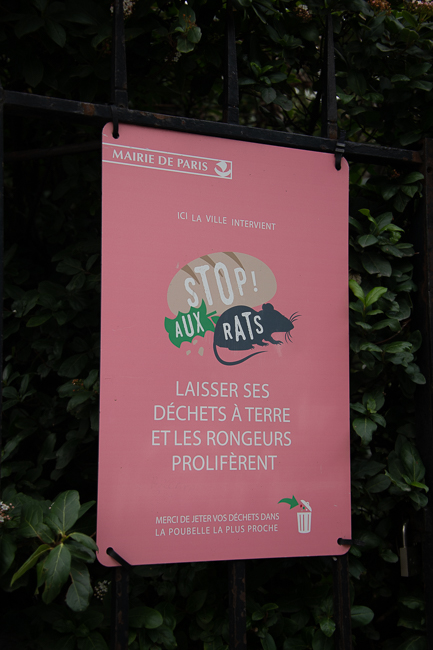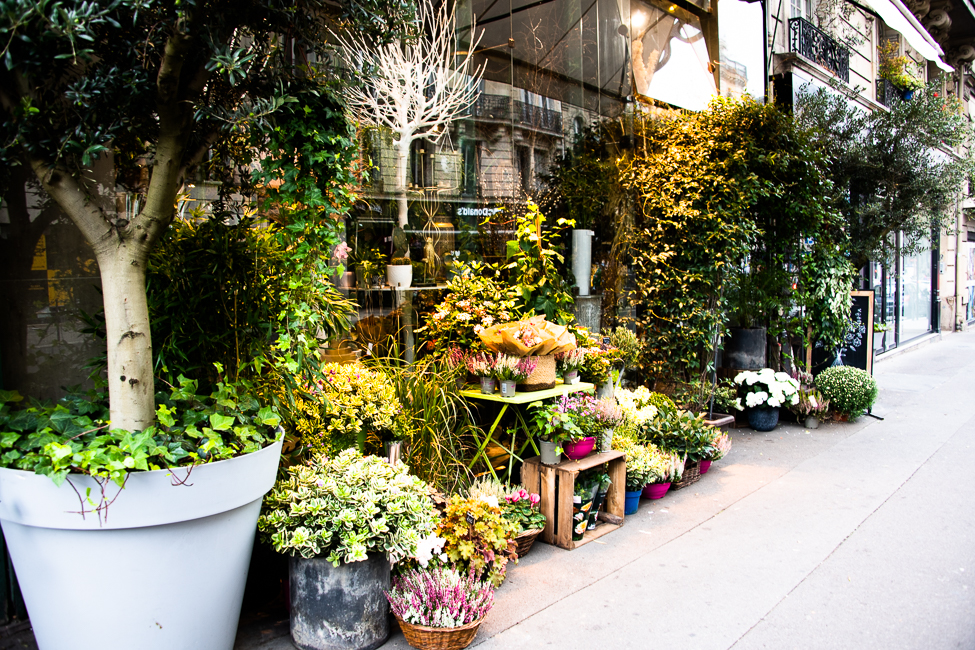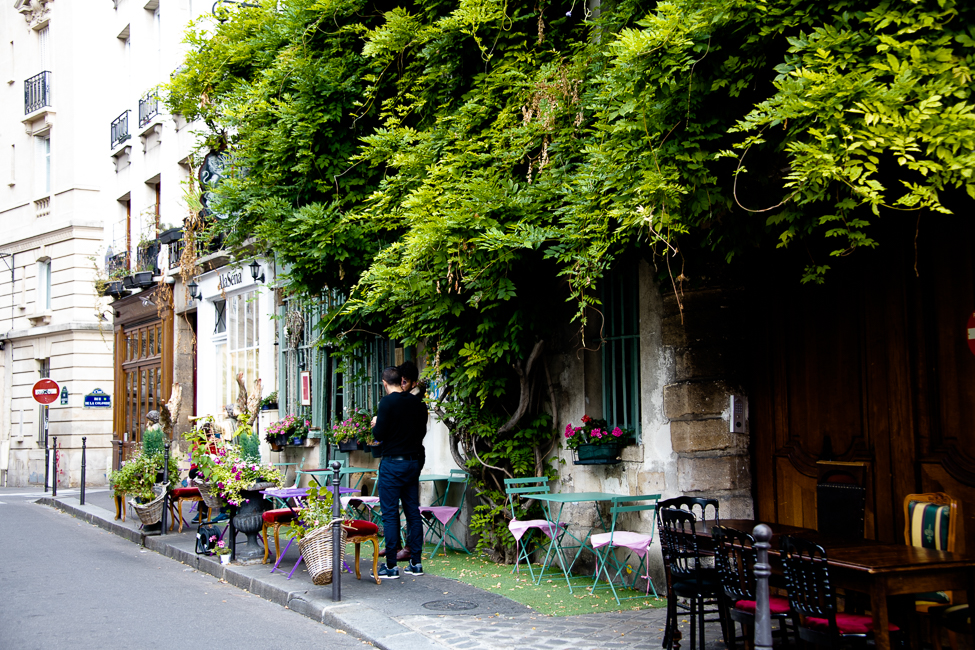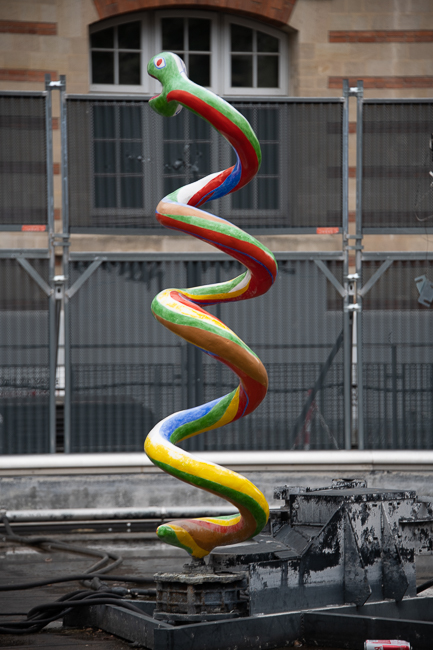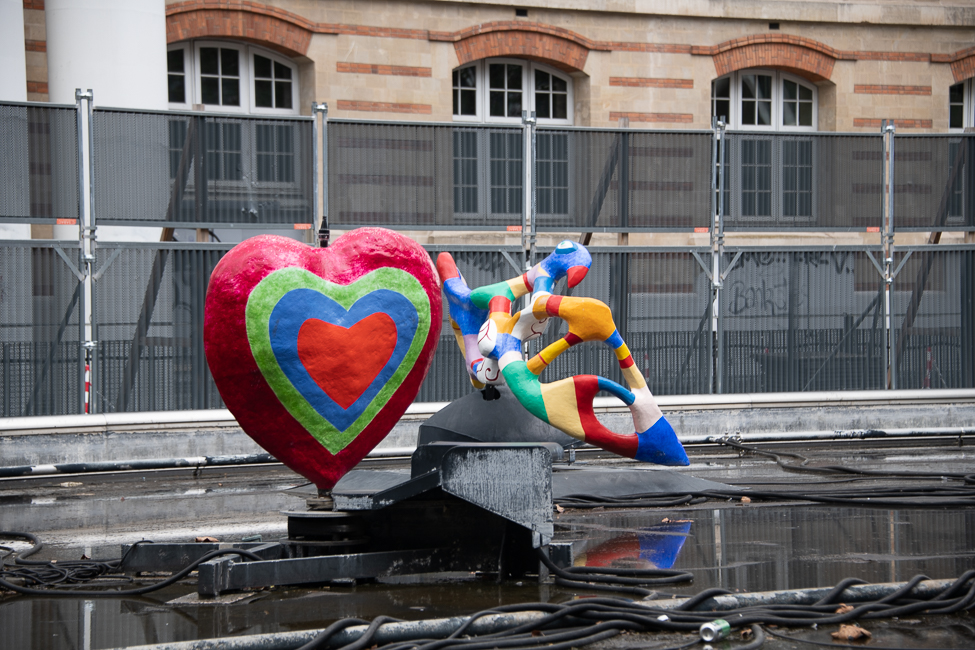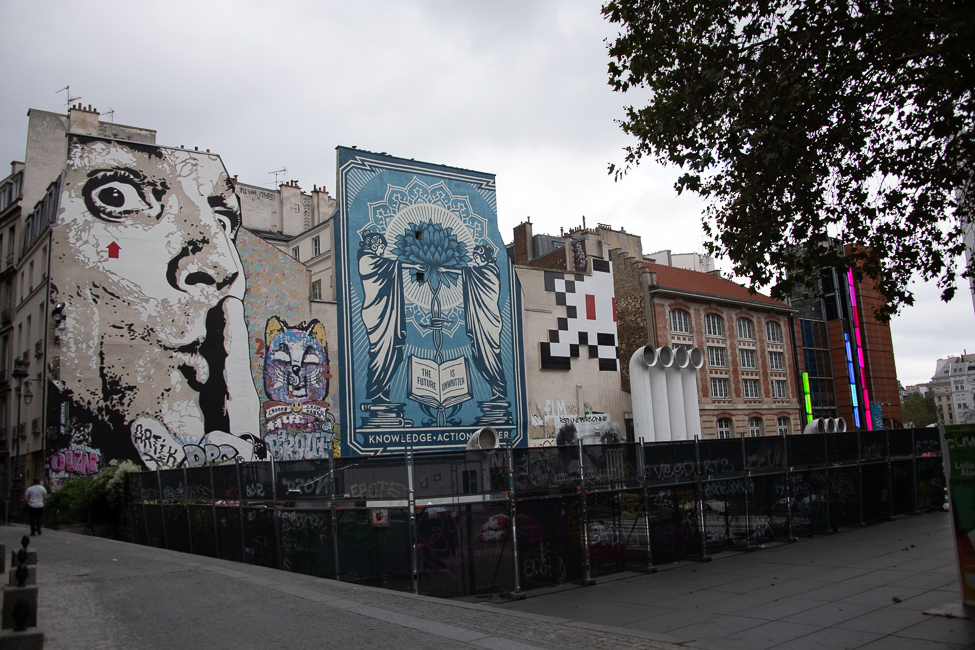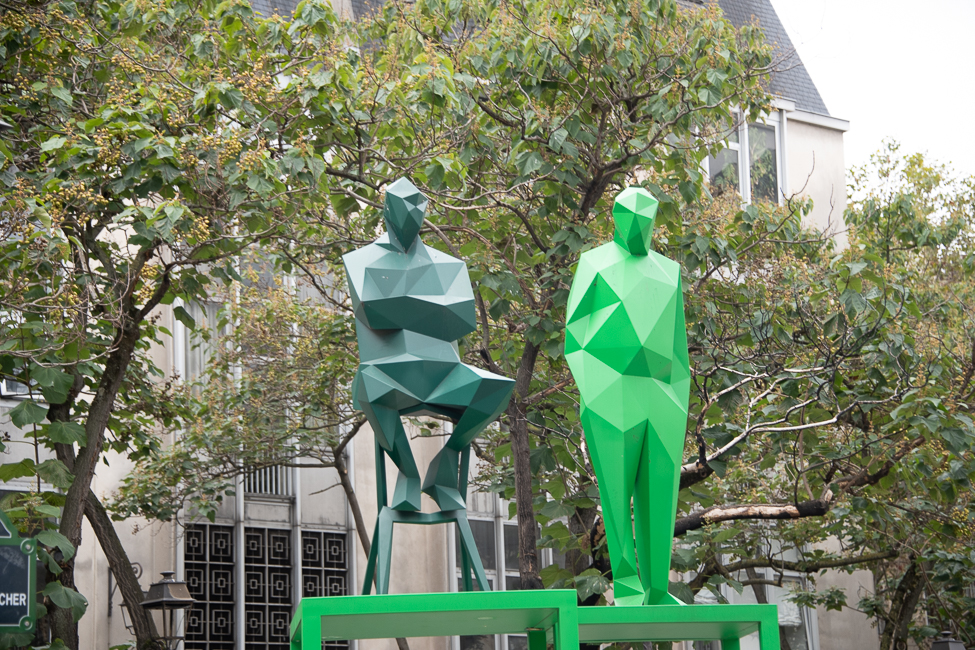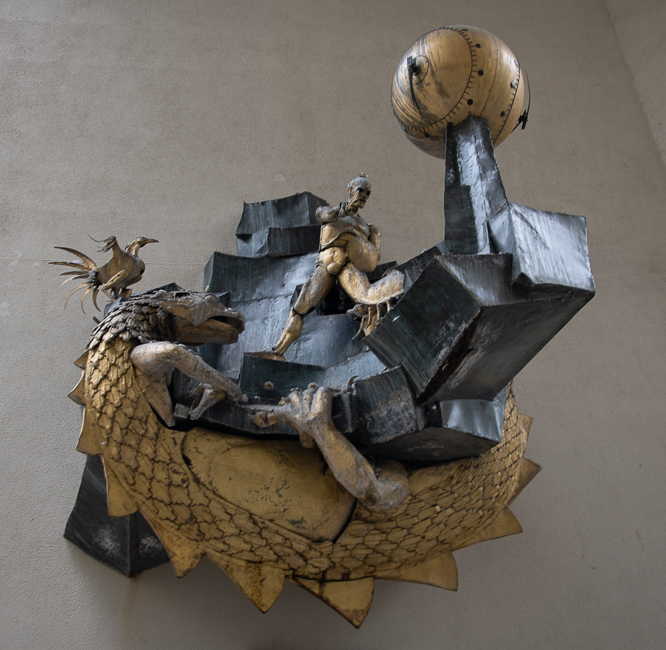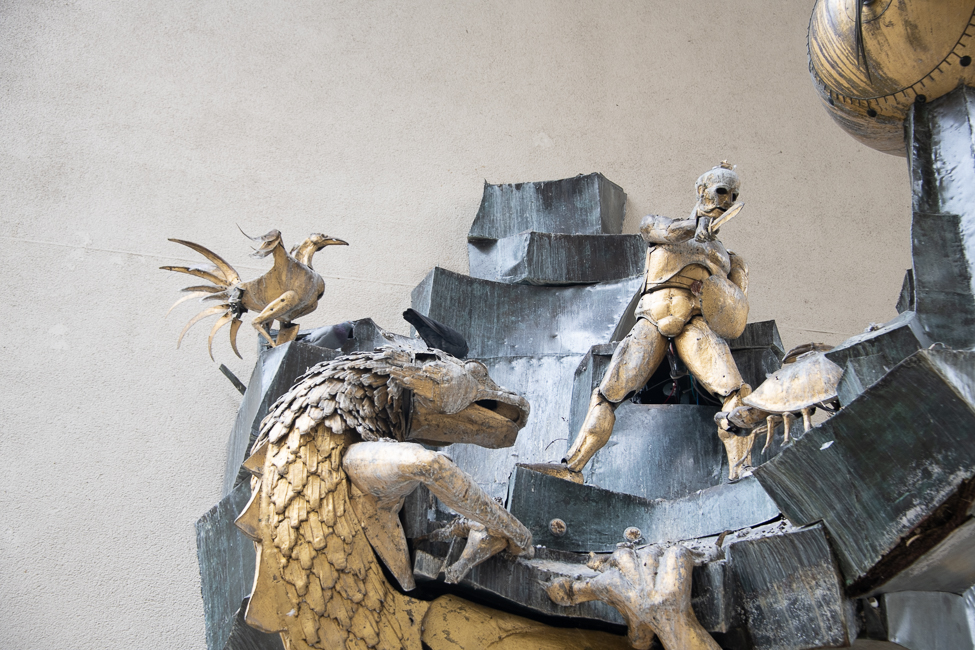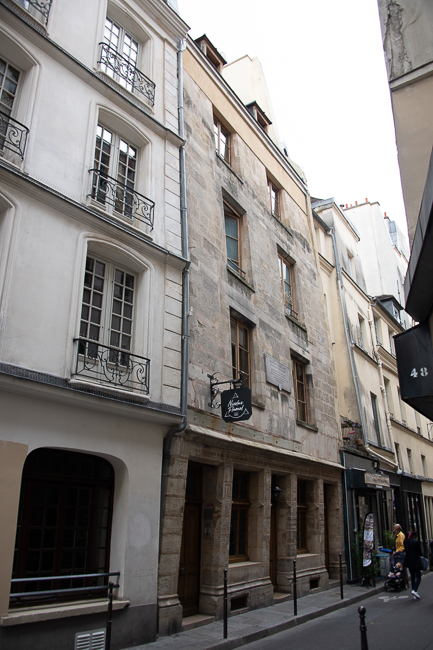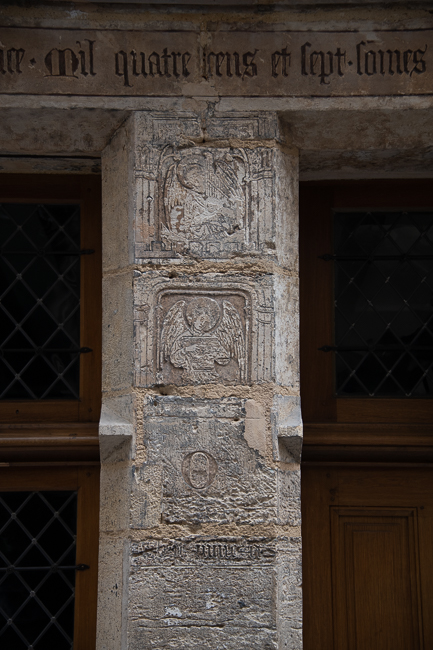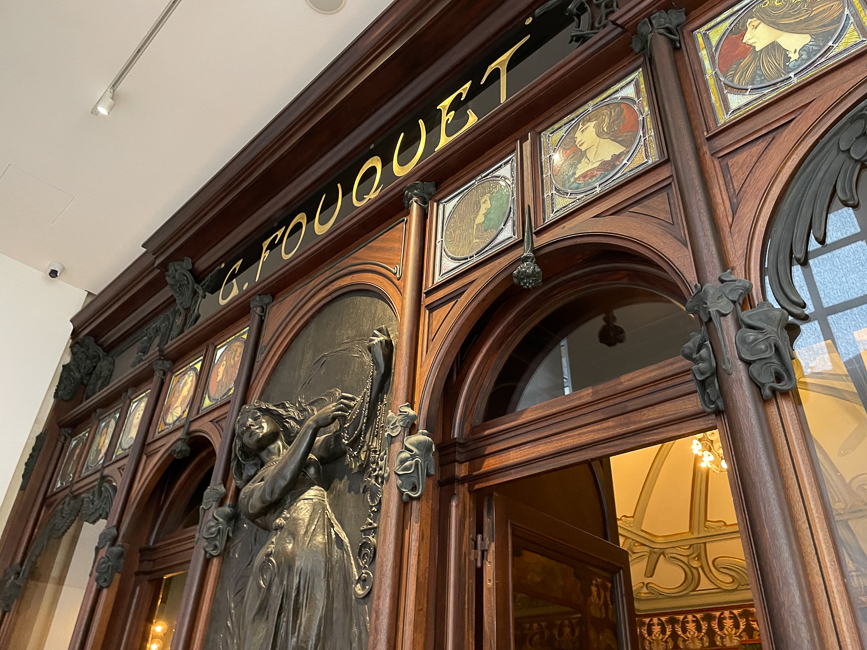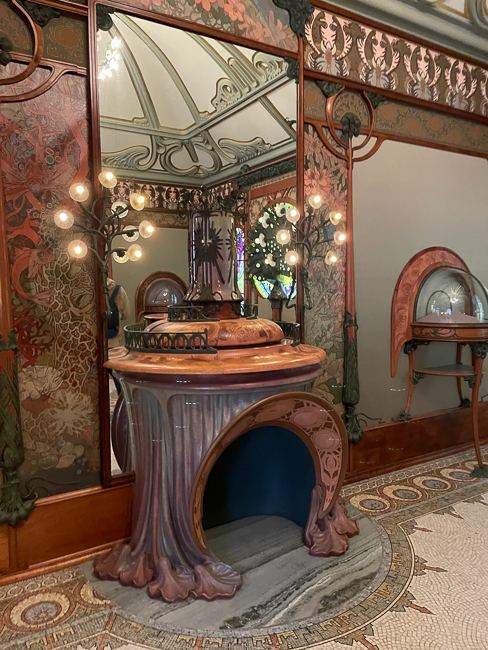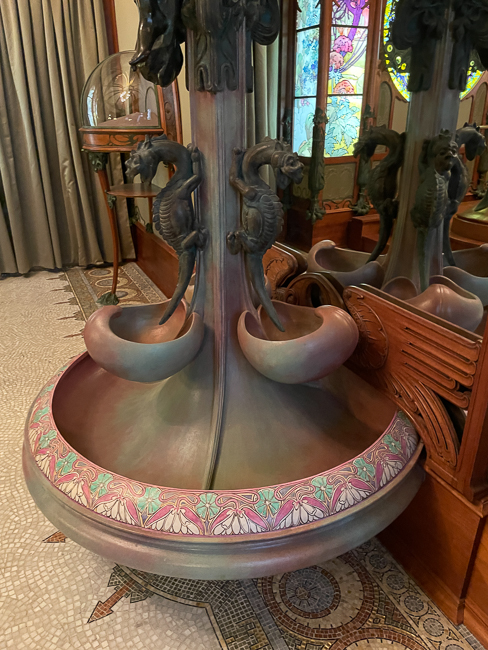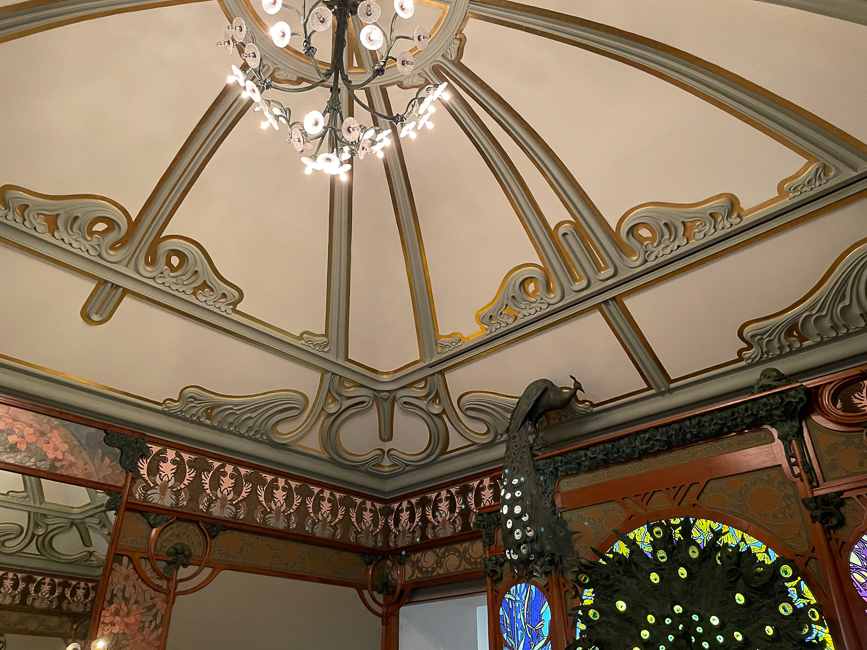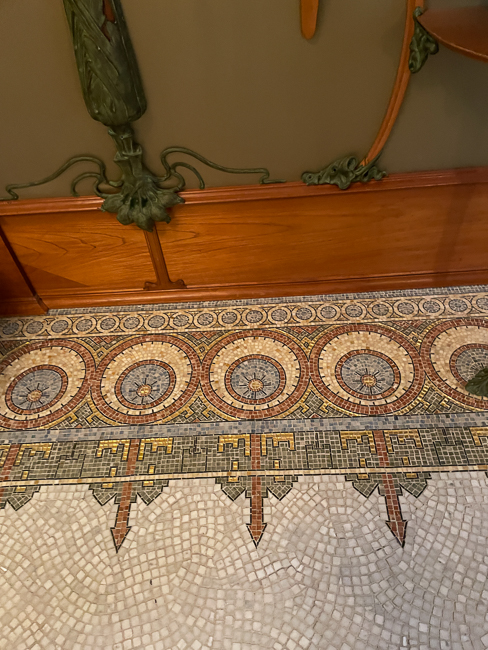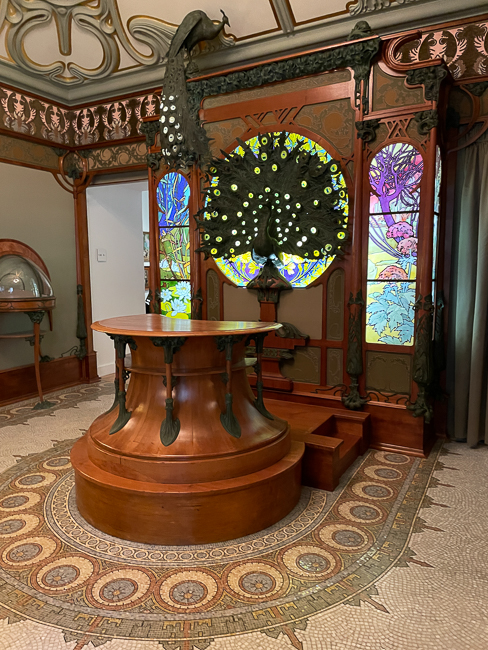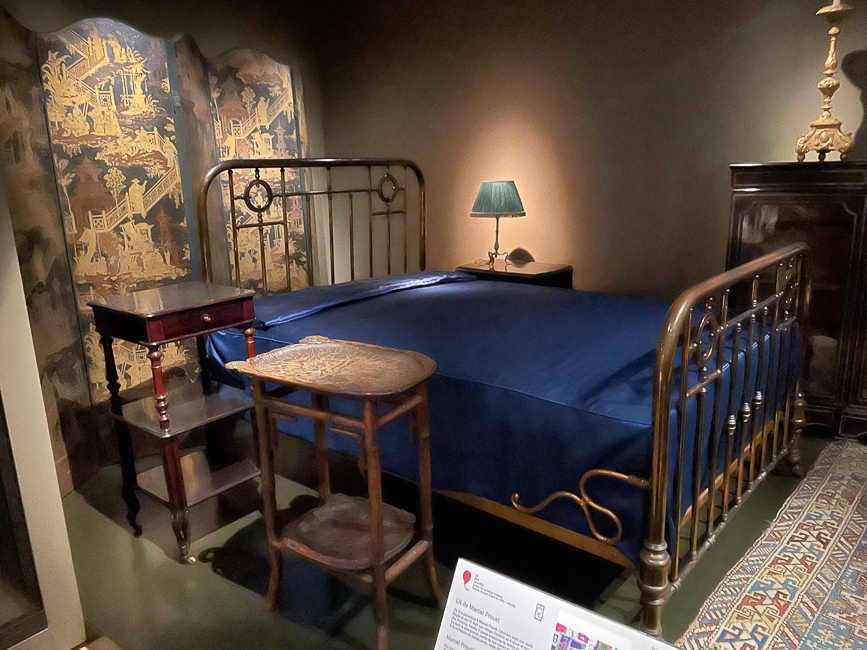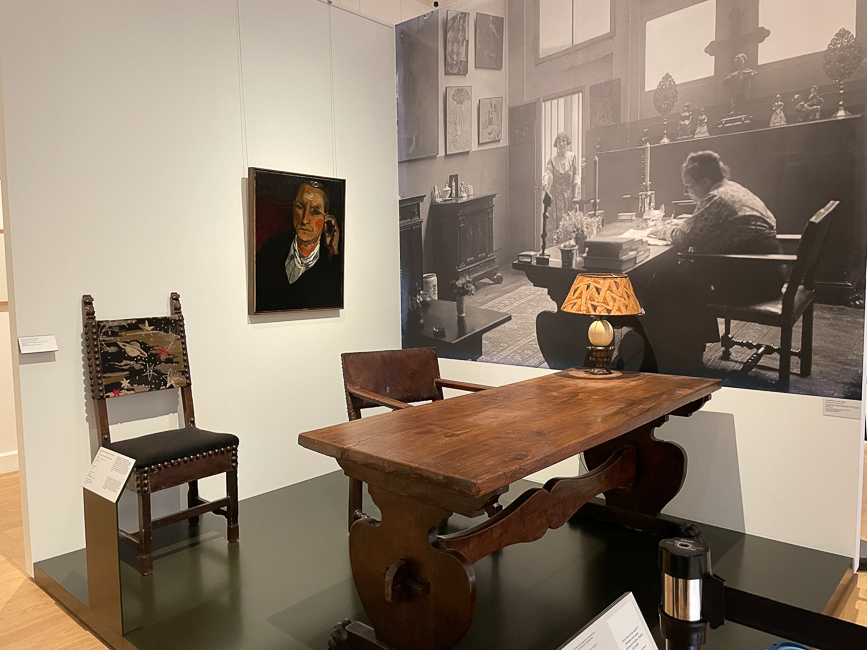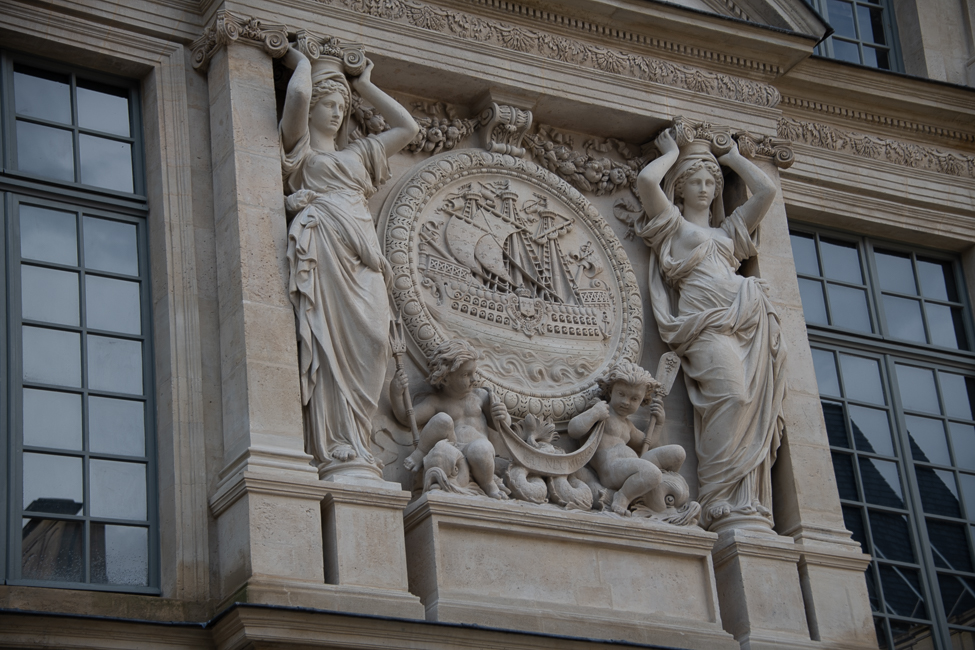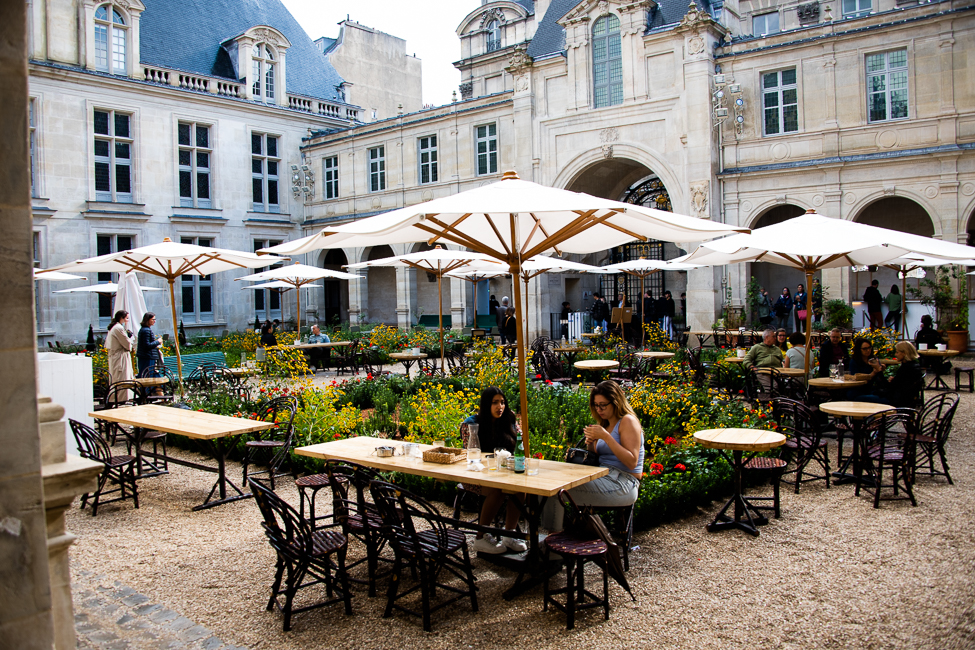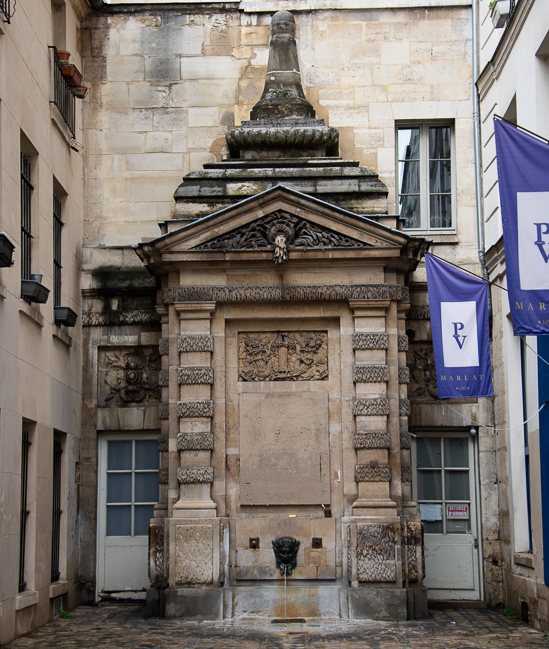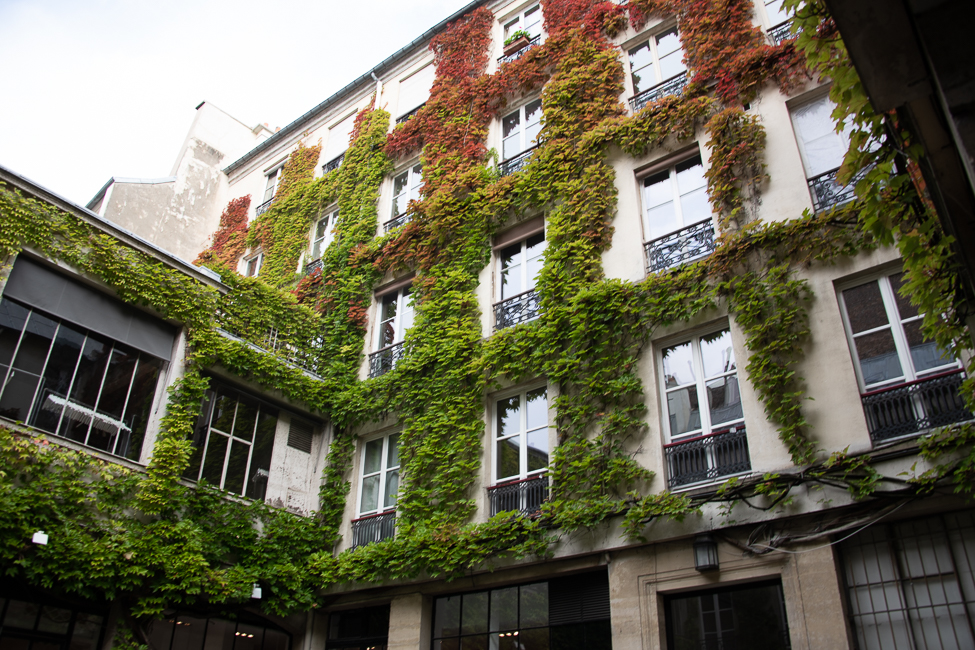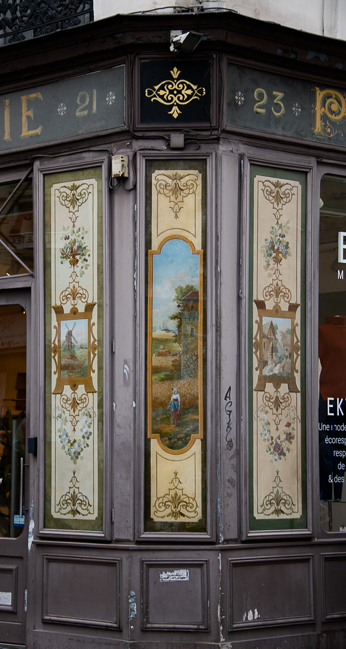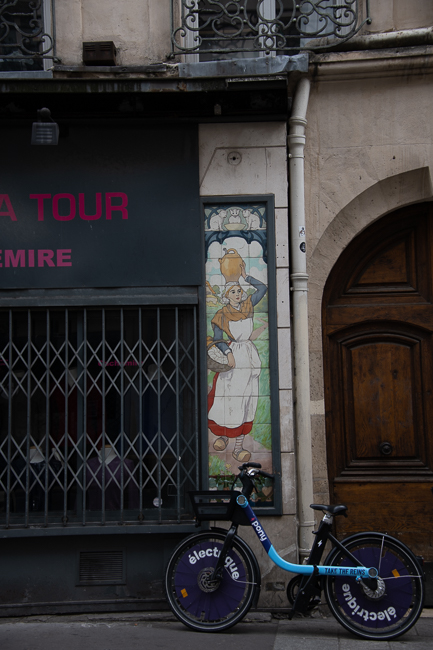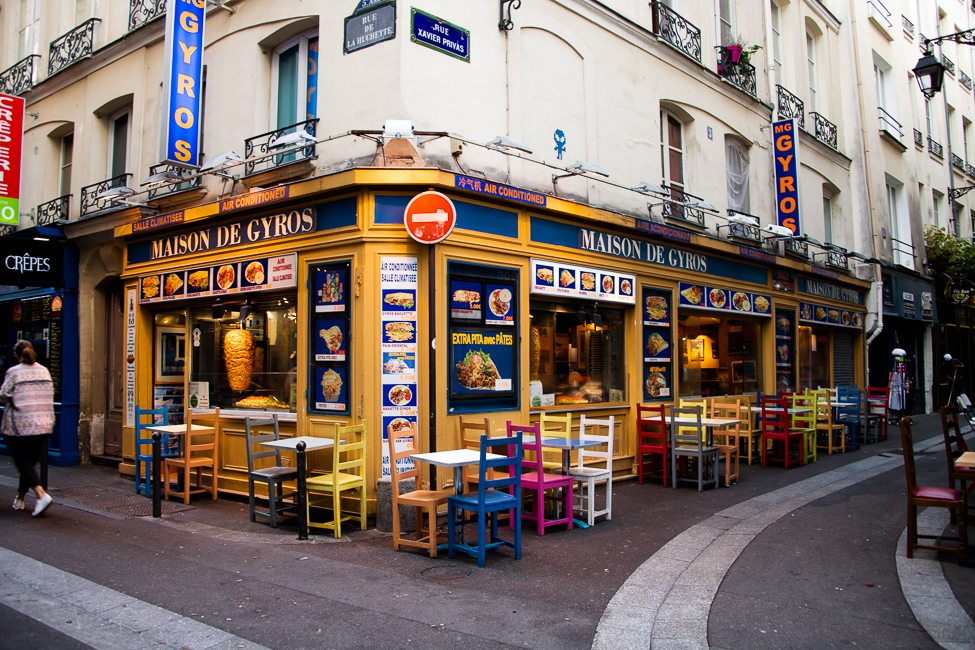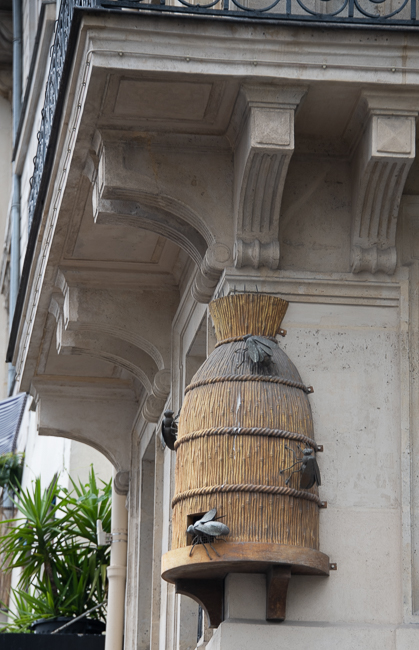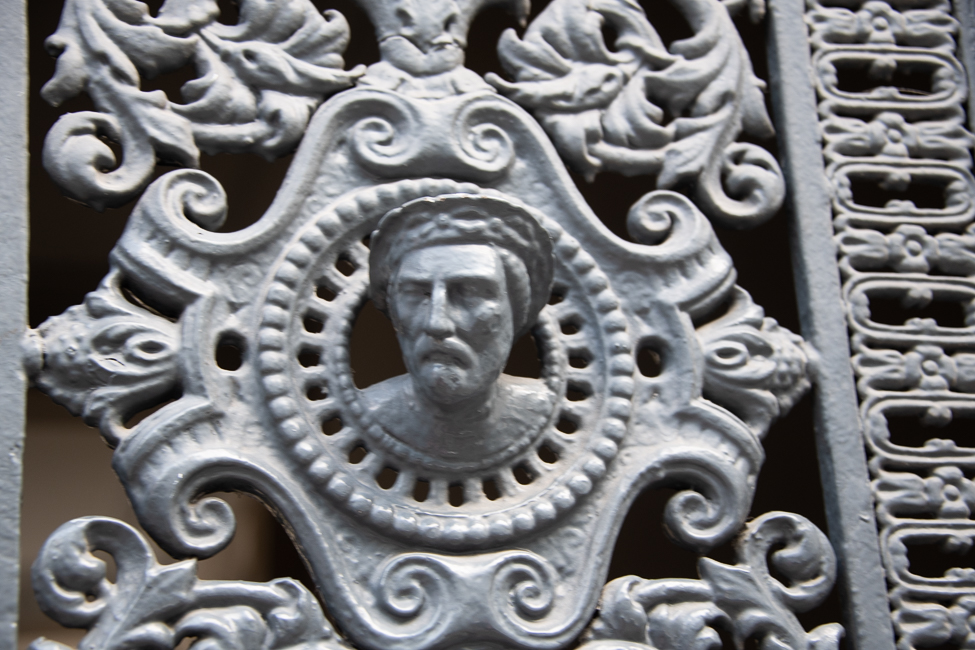September 2021
Covid is keeping me from doing many activities indoors in Paris, but there is still so much to see and do.
First Arrondissement
18 Rue de Louvre
The Duluc Detective Agency is the oldest private detective agency in France. It is still family run, the current head, Madame Duluc, inherited the agency from her father, who in turn inherited it from his father — a former policeman in the “La Sûreté Nationale” (the detective branch of the civil police force in Paris at the time). Most will know it by its appearance in “Midnight in Paris”.
2, rue de Viarmes
As a huge fan of architect Tadeo Ando I had hoped to get into this new Paris museum, sadly, I had not planned well, I assumed it would be more difficult to enter museums in Paris that it actually turned out to be, this is why we always must return to some of our most beloved cities.
Francios Pinault renovated the Bourse de Commerce for his collection. Pinault hired the Japanese architect Tadao Ando to breath new life into the building. The Bourse de Commerce is one of the most emblematic buildings in Paris, including the free-standing column erected for Catherine de Medicis, a circular granary dating back to the 18th century and a metal and glass dome designed in 1812.
In Tadao Ando’s words:
“I was to revive the building, honouring the memory of the city inscribed in its walls, and slot another structure into its interior, inspired by the concept of Russian dolls. The idea was to design a lively space that would foster a dynamic dialogue between the new and the old, which is what a site dedicated to contemporary art should be. The architecture was to serve as the link between the threads of time, the past, present and future, as was the case in [François Pinault’s] Venice projects […] The circular design respecting the urban symmetry comprises a central Rotunda, and within it I inserted a nine-metre high concrete cylinder with a diameter of thirty metres […] the spatial layout of the Bourse de Commerce consists of concentric circles and is designed to create an intense and more subtle dialogue between new and old”.
59 Rue de Rivoli
This mid-1800’s Haussman style building became an artist squat after Credit Lyonnaise abandoned the space. A group of artists calling themselves the KGB (Kalex Gaspard and Bruno) began squatting in the building in 1999. Even though it was illegal it was receiving 40,000 visitors a year. In 2006 the city acquired the building and created 30 legal artists studios, and decided to collect minimum rent. The facade changes over time, and the studios are free and open to the public.
2 Boulevard de Palai
The Conciergerie clock is France’s first public clock. The Concierge was the first French King’s Palace before Charles V moved to the Louvre in 1364.
After that move, Conciergerie was used as a jail. During the French Revolution, the Concergerie was also used as the Revolution Justice Palace. Marie-Antoinette (Louis XVI‘s wife), Robespierre (defender of human rights during the French Revolution) and thousands of citizens were judged in Conciergerie jail before their heads were placed under the Guillotine.
Fountain of the Innocents in the place Joachim-du-Bellay in the Les Halles
Originally called the Fountain of the Nymphs, it was constructed between 1547 and 1550 by architect Pierre Lescotand sculptor Jean Goujon in the new style of the French Renaissance. It is the oldest monumental fountain in Paris
5th Arrondissement
Rue du Chat-qui-Pêche
Rue du Chat-qui-Pêche is considered the narrowest street in Paris. It is only 5 feet 11 inches wide and is 95 feet long. It runs between Quai Saint-Michel and Rue de la Huchette.
37 Rue de la Bucherie
George Whitman opened this bookstore in 1951. He arrived during World War II to study at the Sorbonne on the G.I. Bill and never left. Originally called “Le Mistral”, it was renamed “Shakespeare and Company” in 1964 on the 400th anniversary of William Shakespeare’s birth.
George Whitman, opened his shop to a new generation of writers, including Allen Ginsberg, Henry Miller, Anaïs Nin, and Ray Bradbury. William S. Burroughs is said to have studied Whitman’s collection of medical textbooks to research portions of Naked Lunch and gave its first reading there before it was finished.
Square Rene Viviani
In the 6th century this was a burial ground for the adjacent church Saint-Julien-le-Pauvre. It was later renamed for the Prime Minister of France during a period of WWI – Rene Viviani. The fountain in the center of the park was created in the mid 1990s by George Jeanclos depicting the legend of St. Julien. Julien the Hospitaller apparently lived in the 4th century. It was said that his father witnessed a coven of witches putting a curse on his child. Later it was said that Julien had a vision he would kill his parents. He came home one day, saw two figures in his wife’s bedroom, assumed it was his wife and her lover and killed them, only to find out it was simply his parents visiting his wife. Julien devoted the rest of his life to doing good deeds.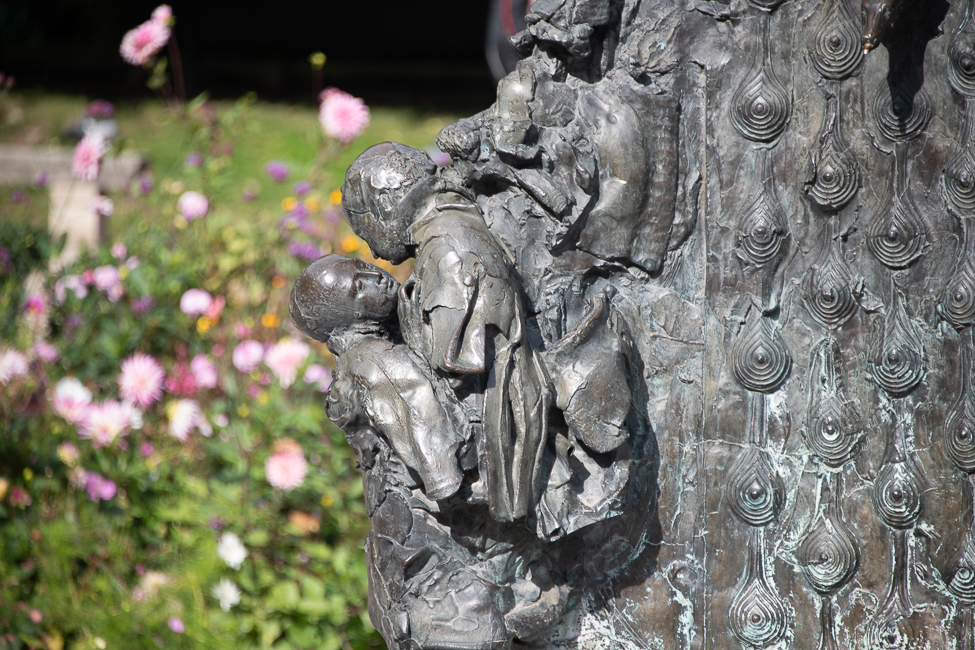
The park sits on the other side of the river from the burned shell of Notre Dame.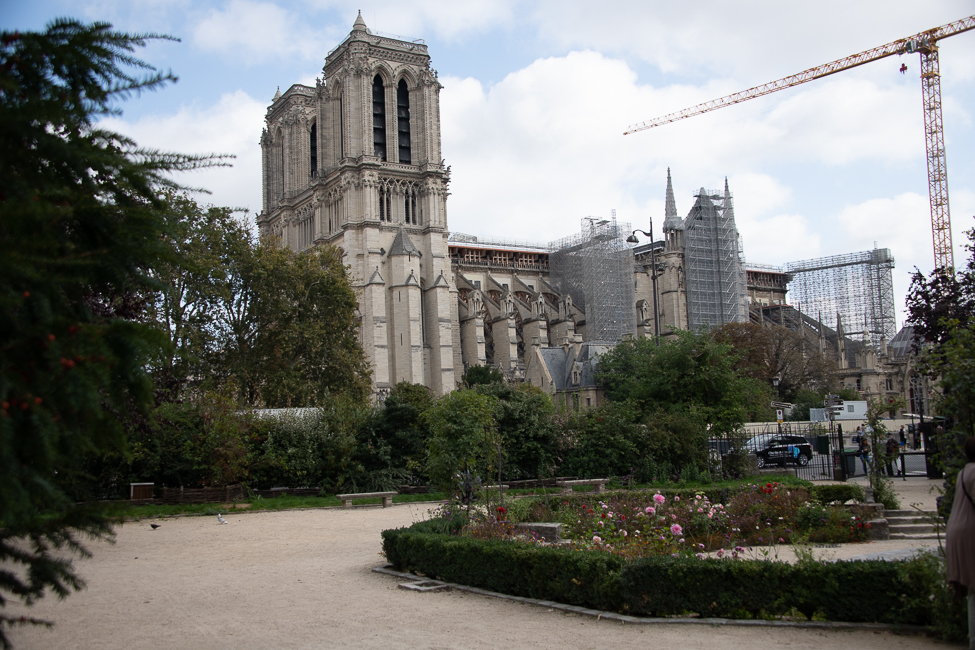 *
*

More of the 5th Arrondissement:
The 4th Arrondissement
Most everyone knows, or at least has seen pictures of the Pompidou Center, which anchors the 4th Arrondissement, but there is so many wonderful alleys filled with treasures, to explore.
The Stravinsky Fountain is a whimsical public fountain with sixteen pieces of sculpture, moving and spraying water, representing the works of composer Igor Stravinsky. It was created in 1983 by sculptors Jean Tinguely and Niki de Saint Phalle. It was under repair at the time I took these photographs.
Behind the fountain are some wonderful pieces of street art and murals.
Third Arrondissement
The Defender of Time at 8 Rue Bernard de Clairvaux.
This interesting piece has been allowed to go into a sad state of disrepair. Created by French artist Jacques Monestier in 1979, a metal man with a massive sword wages war with a dragon, a rooster, and crab. The animals represent the ground, the sky, and the sea, respectively.
51 Rue de Montmorency
Built in 1407, this is thought to be the oldest stone house in Paris. The house was built by Nicolas Flamel after the passing of his wife Pernelle to house the poor.
The highlight of my day was visiting the Carnavalet Museum. Primarily for the Bed of Proust, sadly not his entirely cork lined bedroom, but as a fan of Proust, even the bed was rather a novelty. The second highlight was the the reconstructed interior of the Fouquet Jewelry store designed in 1901 by the Czech artist Alphonse Mucha, one of the leading names in Art Nouveau. Having already collaborated on jewelry pieces together, Fouquet asked Mucha to design all the interior and exterior decorations of his shop at 6 rue Royale. Fouquet donated his rue Royale shop in its entirety to the museum, and it was reassembled as it was. I will say no more, the photos say it all.
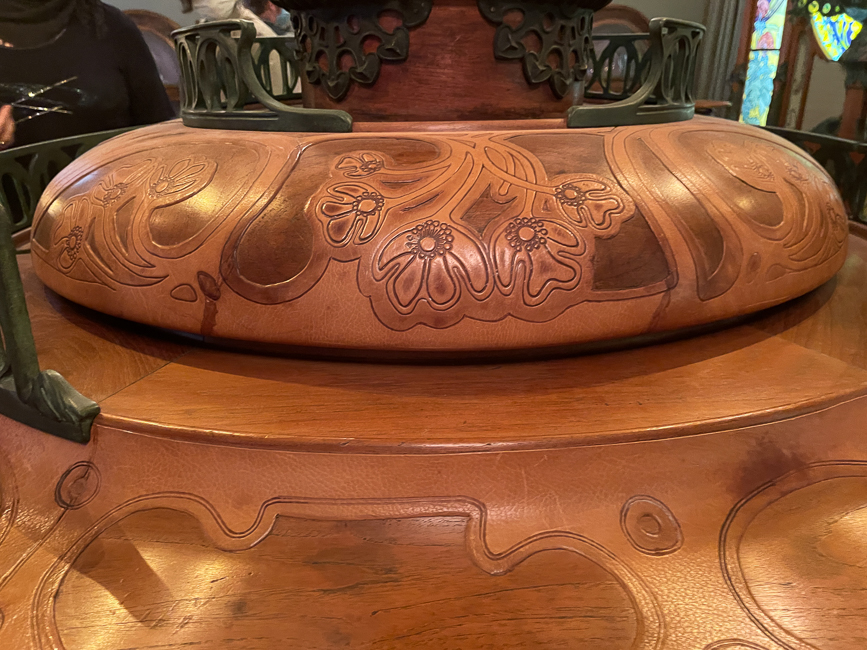
The top of the above piece is work overlaid with leather
Man Ray’s portrait of Alice B. Toklas and Gertrude Stein and the recreation in the museum.
Shots from the Exterior of the Museum
A handful of photos from the day that just seemed to be Paris no matter the Arrondissement:
